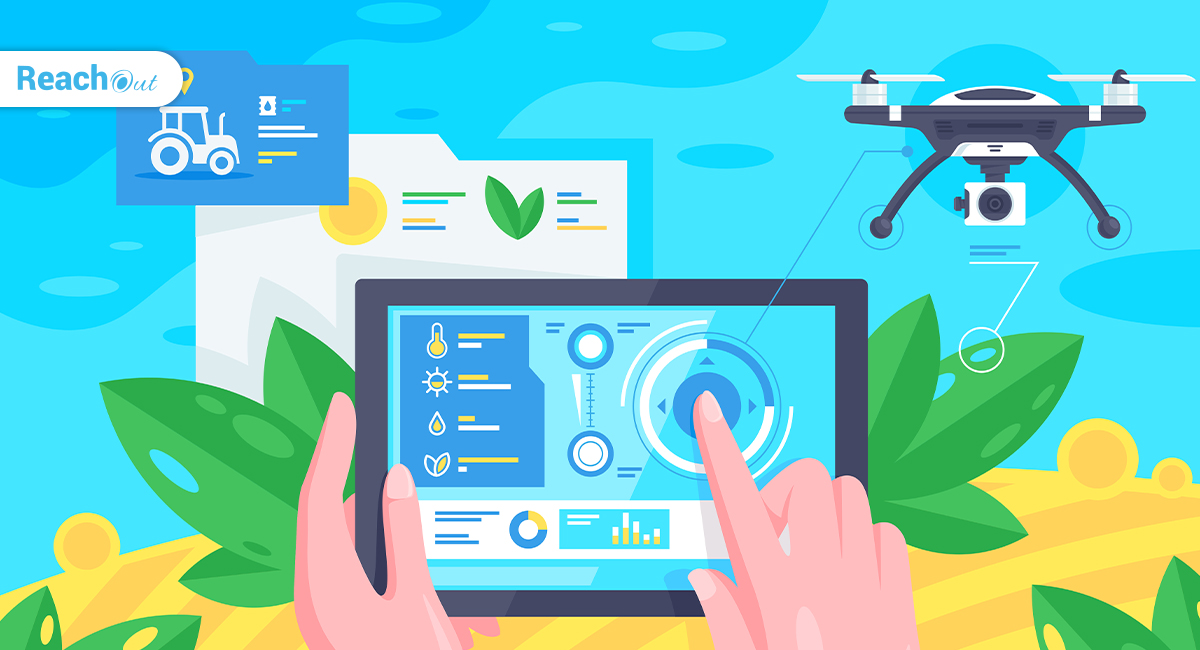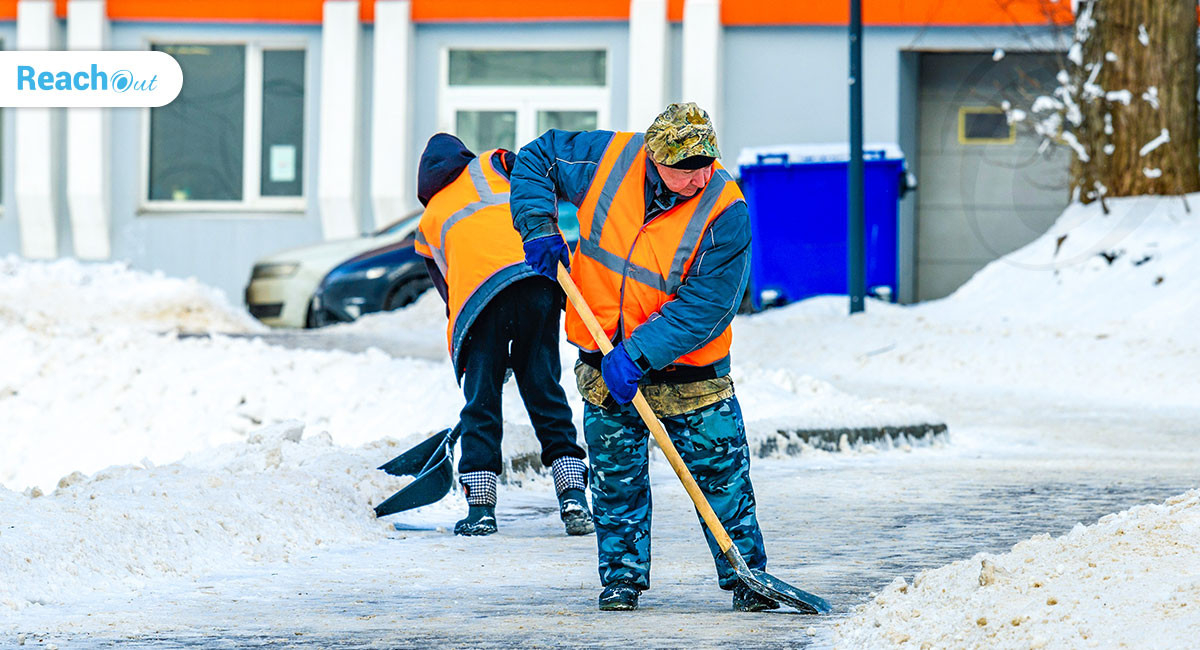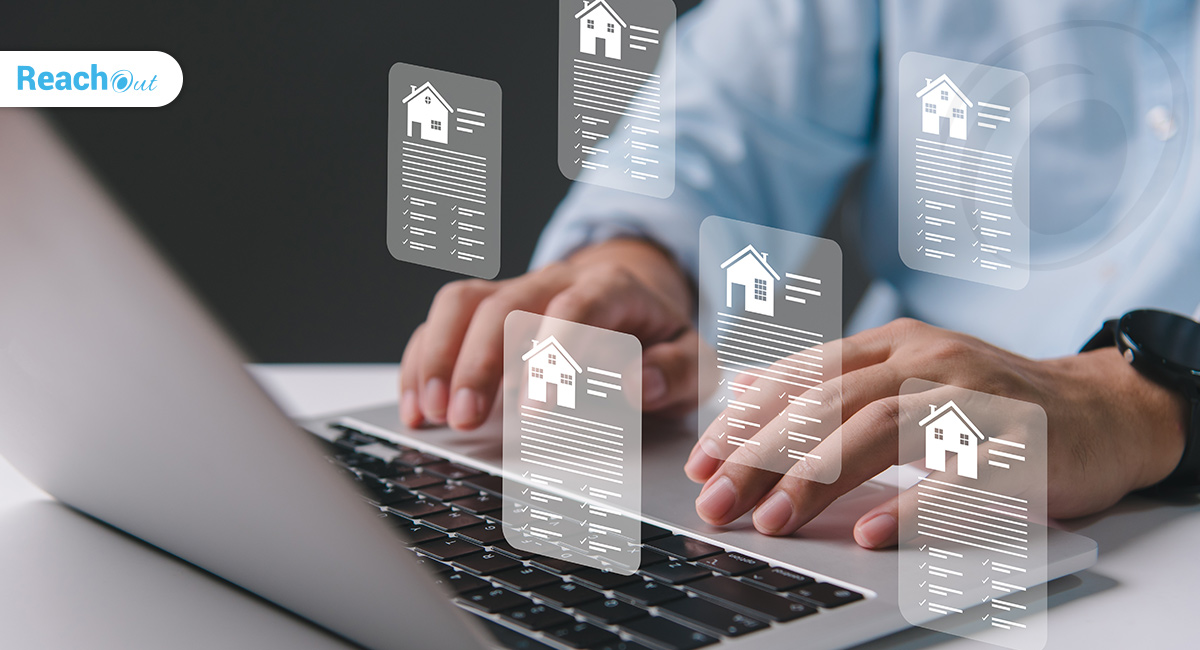
The sound of drones with cameras is now ubiquitous in many open spaces. Drones, also known as Unmanned Aerial Vehicles (UAVs), are the new power-gadget among field agents. These devices speed up things, unlock new possibilities and insights, and take over dangerous tasks. Field agents with drones become more effective and serve customers better.
1. Speedy Inspections
Time is money in field service. Drones speed up things and assist field agents in surveillance and delivery of service.
Often, inspecting the site and diagnosing the equipment takes more time than performing the actual fix. Drones speed up both these processes and reduce the time a technician spends on the site.
Drones reduce the time needed for field technicians to conduct on-site inspections and deliver better insights. These machines cover vast areas in double-quick time, at the desired elevation. Field agents no longer have to cover the distance on foot. They do not have to erect and dismantle scaffolding or ladders or transport such bulky installations to the site. They also do not have to hire prohibitively costly helicopters to get aerial views.
Read more: How ReachOut Audit Software Helps Manage Audits and Inspections Like a Dream
Use cases abound.
- A surveyor of landscaping or agricultural work may use drones to cover vast areas in hours instead of days, and get enhanced insights. Landscape inspections remain incomplete from the ground level. For instance, a tree service firm may use drones to take aerial pictures of trees to fall, at different angles. The technician annotates the picture with an overlay using a stylus, such as the Apple Pencil, on which parts of the tree to prune. The field service may use such insights to choose the trees to remove or prune.
- Home inspectors use drones to make accurate estimates. Rooftops and chimneys are often inaccessible and left out in home inspections. Surveys make guesswork on the state of these edifices, based on the overall condition of the house. Such guesswork may be way off the mark. Deploying drones allows home inspectors to investigate height and hard-to-reach places. The drone enables a detailed assessment of the structure and fixing an accurate value to the house.
- OIl rig technicians use drones to reach challenging and inaccessible places. For instance, oil rigs in the high seas, or antennas on mountain tops, take considerable effort and expenses to reach. Drones reach these places effortlessly, in double-quick time. The mounted cameras shoot multi-angle views not accessible at eye level.
- Several factories, warehouses, and industrial establishments have long ducts and other inaccessible spots. Field agents deploy small drones with lights and sensors to inspect ducts and equipment in inaccessible places.
- Insurance surveyors or adjusters use drones to make timely surveys. They may inspect an entire roof in minutes, or reach an accident site quickly. The mounted camera takes images from multiple angles, and makes explicit the full extent of the damage.,In the aftermath of Hurricanes Harvey and Irma, many insurers deployed drones to inspect storm-damaged homes. They could inspect three homes an hour. Their productivity rate without drones was three homes a day!
Watch how using Apple Pencil with ReachOut makes field operations, even more, smarter and smoother!
In all these instances, field agents no longer have to slog it out in the field. They sit in a comfortable place in the vicinity and collect the data transmitted by the drones. ReachOut field service apps collect the data. APIs ensure the free flow of data to the analytics software in real-time.
Read more: The 6 Must-Haves for a Work Order Management System in 2021
2. Better Work Execution
Drones improve agent productivity and improve work execution. Deploying drones improve first-time fix rates as well.
- Drones hold the tools of the replacement spares in the air, right next to the worker. The technician does not have to carry bulky items with them or have an assistant on hand to provide him with the tools. They do not have to go up and down the ladder multiple times to fetch spares and tools either.
- Many field services now use drones to transport spares and tools to their technicians, on a-need basis. Spare parts delivered by drones avoid re-visits and enable finishing the work in hours instead of weeks. The technician may also dispatch drones for a preliminary visit. The technician goes for the fix later, equipped with the right tools and spares based on the insights provided by the drone.
- A novice field agent may use a camera mounted drone to collaborate with an expert remote technician, and perform the fix.
- Drones carry acoustic and thermal sensors, besides cameras. Data from these sensors complement the data collected by IoT installations and the field service software. These fresh insights enable field service to take up large-scale jobs with ease and remain in control of the end-to-end process. Field agents work with complete visibility at multiple levels.
- Using drones to document job sites for inspections and estimates unlocks insights not available before. Drones fill the skill gap or blind spots faced by field agents working on the ground. The enhanced 360-degree insights enable field service enterprises to do a thorough job.
Integrating information captured by a drone into ReachOut field service management platform provides field agents with accurate data to improve diagnosis and troubleshooting. Integrating imagery and metrics from drones with IoT, analytics, image processing, and other advanced capabilities takes field service to a new level of effectiveness. Field service becomes accurate and to the point, with trial-and-error and guesswork eliminated.
Read more: 5 Ways ReachOut Enterprise Field Service Software Reduces Your Maintenance Costs
3. Improved Back-Office Functionality
Deploying drones takes invoicing and accounting to a new level of hyper-efficiency.
- Drones hover and record the area. Combining the camera output with facial recognition technology enables digital timecards. The system may easily identify who showed up and when to automate invoicing and payrolls.
- A drone takes snaps of the work done, in different angles, including aerial views, to offer complete documentation and proof of work done. Attaching these images with the invoice eases the payment process.
- Drones help in estimates. The before-after visual imagery provided by drones makes it easy to compare and ascertain the work required for future jobs.
4. Improved Competitiveness
Deploying drones reduces operational costs and improves the competitiveness of the field service business.
- Disruption-Free Operations. Drones mitigate risk and ensure smooth, hassle-free operations. The US Department of Labour estimates 4500 workplace fatalities a year. A sizable chunk of these fatalities are in the field service and construction industry. Falling off a roof, ladder, or scaffold are everyday occurrences. Any height over 1.8 meters is a hazard, even with helmets and other safety gear. Ensuring safety is costly and often makes the task unviable. Drones take over inspection of high-altitude installations, and minimize such risks. When there is no workaround to the physical presence of the field technician, the drone predicts potential safety hazards. Technicians may go up with the right safety gear.
- Reduced Costs. Drones limit the need for setting up scaffolding, scissor lifts, and ladders. It reduces the cost of safety equipment. Still better, it becomes a powerful assistant to the field technician. By eliminating the need for multiple technicians to do the job, drones double the capacity of the field service business. The result is faster fixes, shorter inspection times, and increased technician productivity.
Read more: Infographic: The State of Digitization in Field Service Industry – 2021
The proof of the pudding is in the eating. The global commercial drone market will grow by about 58% year on year until 2028. Integrating drones with ReachOut field service management suite future-proofs your field service business. Connect with our experts today and learn how Reachout Suite can help elevate your field service business to new heights!
Aarathy
With over a decade of experience in the technology sector, Aarathy is passionate about improving field service efficiency through digital innovation. She is particularly interested in topics such as field service trends, service automation, and strategies for implementing digital transformation in service management.
More posts by Aarathy


